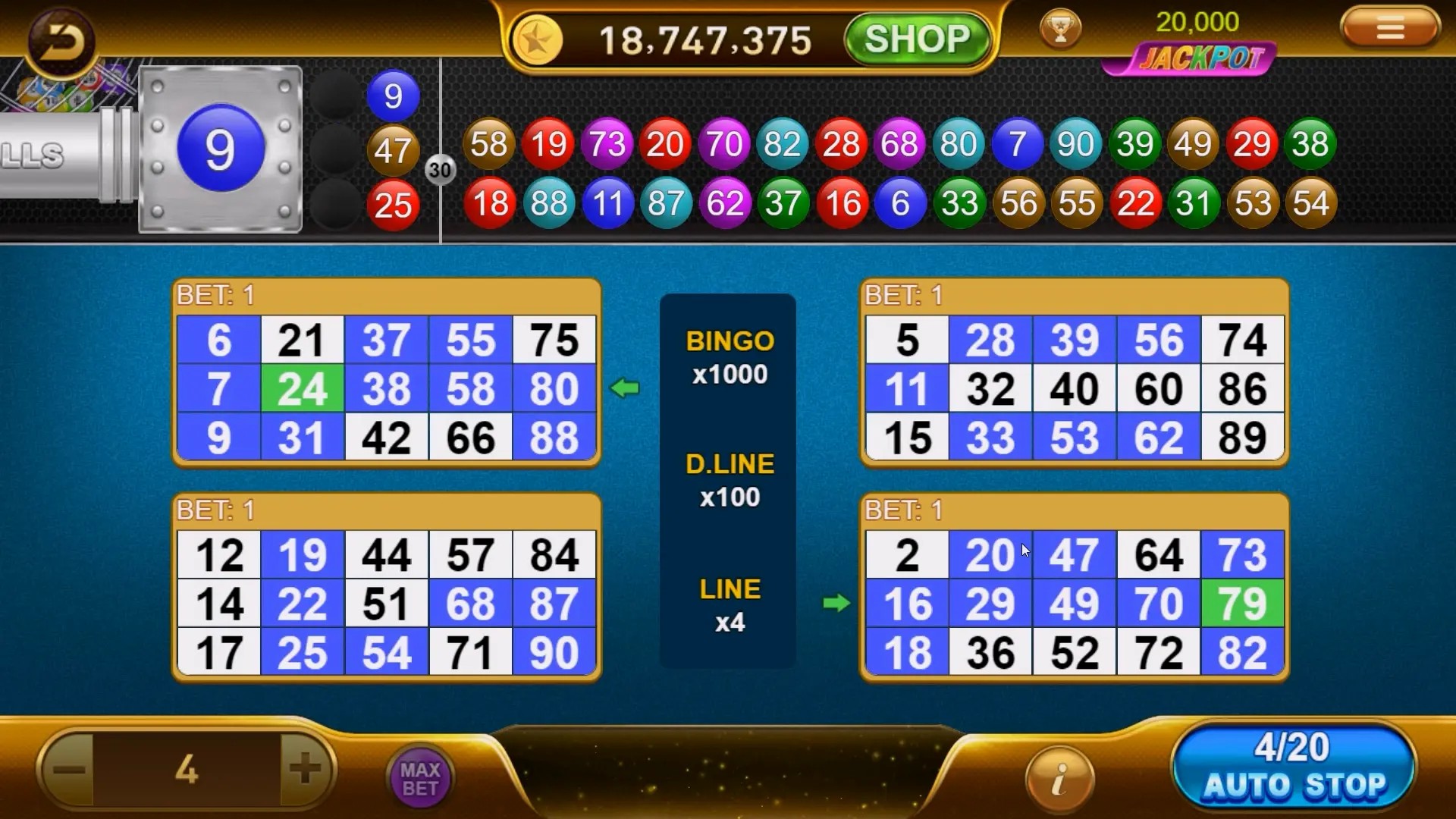Unlocking Creativity: How Building Games and Clicker Games Transform Playtime
The Growing Popularity of Building Games
Building games have rapidly become a cornerstone of modern gaming culture. What makes them so engaging? It's not just the thrill of construction; it's the freedom and creativity they offer. From games like Minecraft to Roblox, players immerse themselves in worlds where they can build, explore, and create their own narratives. The rise of these games shows how players of all ages find joy in creativity and exploration.
The Simplicity and Fun of Clicker Games
On the other end, we have clicker games, which have gained traction for their addictive gameplay and simple mechanics. A player's goal typically revolves around tapping a screen to accumulate resources and progress through levels. Popular titles like Cookie Clicker illustrate this addictive gameplay, making players feel accomplished with each click. Let's dive deeper into how these two genres distinctively influence playtime and creativity.
Common Elements of Building and Clicker Games
Despite their differences, building games and clicker games share notable elements that make them engaging. Key components to consider include:
- Accessibility: Both types of games are relatively easy to learn yet challenging to master.
- Progression Systems: Players often start small and build up to grand endeavors, whether it's constructing a massive castle or accumulating millions of cookies.
- Community Engagement: Encourage sharing creations or progress with friends and fellow gamers.
How Building Games Stimulate Creativity
Building games offer players a digital canvas where imagination knows no bounds. From landscaping to architecture, the possibilities are endless. When players take the time to construct their dream worlds, they engage in activities that foster problem-solving skills, spatial awareness, and even teamwork when collaborating in multiplayer scenarios.
The Impact of Clicker Games on Player Engagement
Clicker games create a different level of engagement, allowing players to achieve goals with minimal effort. The satisfaction of watching numbers climb can be incredibly fulfilling. In a world filled with stress and busyness, these games act as a simple escape.
R Clash of Clans: A Unique Combination
One popular game that merges building mechanics with a clicker-style progression is Clash of Clans. Players build and upgrade their bases while also engaging in quick strategic battles. This combination of building and clicker-style resource management cultivates both creativity and tactical thinking.
Game Rules: A Look at Potato Potato Birdseye
In building and clicker games, understanding the rules is crucial. Take a quirky title like Potato Potato Birdseye as an example. This game requires players to follow specific rules to progress:
- Each player starts with an equal number of "potatoes."
- Players take turns making strategic choices that can impact their resource management.
- The objective is to be the last player standing with resources intact.
Visual Appeal: Why Graphics Matter
The visuals in building games and clicker games play a significant role in their appeal. A vibrant, inviting aesthetic keeps players hooked. Games like Terraria showcase delightful pixel art, while others like Planet Coaster mesmerize with detailed graphics. The visual element is crucial for drawing players into an immersive experience.
The Role of Storytelling in Game Design
Storytelling can heighten player engagement in both genres. While building games often allow players to create their own narratives, many clicker games feature backstories that add depth. Understanding how narratives can intertwine with gameplay is key to elevating the gaming experience and fostering creativity.
Adapting to Player Feedback: Continuous Improvement
Game developers recognize the importance of adapting to player feedback. Builders thrive on community feedback, which leads to improved features and new content. Understanding player preferences helps devs create games that resonate, ensuring a lasting bond between the game and its audience.
Building a Community: Multiplayer Elements
Multiplayer capabilities in both building and clicker games foster community engagement. Players can collaborate, share strategies, and showcase their creations. Communities can enhance the longevity of a game, as players form connections and continue to share their experiences. Building strong communities translates into devoted followings that keep games alive.
Conclusion: The Future of Creative Play
In conclusion, building games and clicker games uniquely transform playtime. They invite players to embrace creativity while also providing simple, rewarding experiences. As technology advances, these genres will likely continue to evolve, offering new ways for players to connect and explore their imaginations. Whether you're stacking blocks in a building game or tapping away in a clicker game, both forms of entertainment allow us to escape reality and embrace our creative sides.



